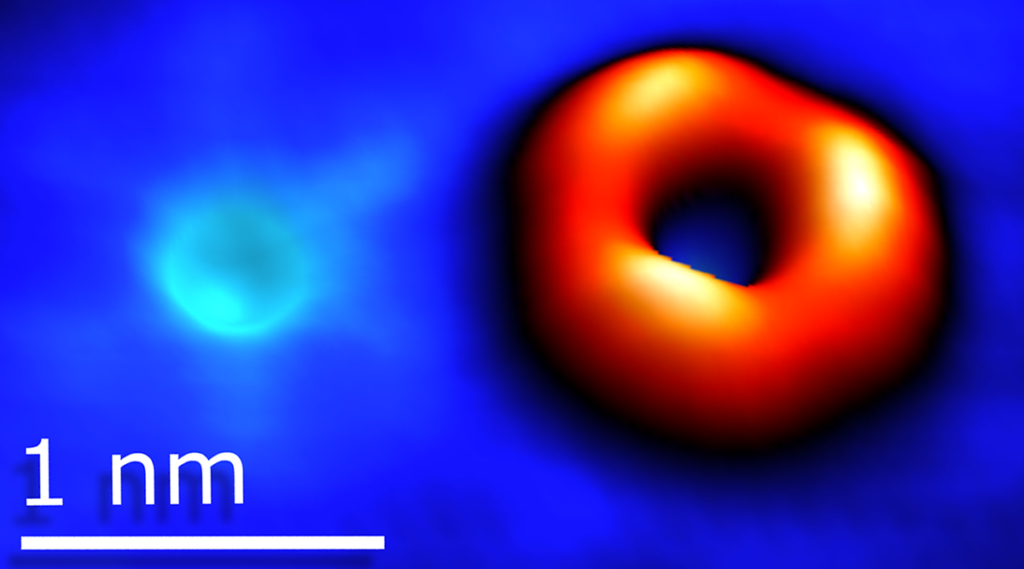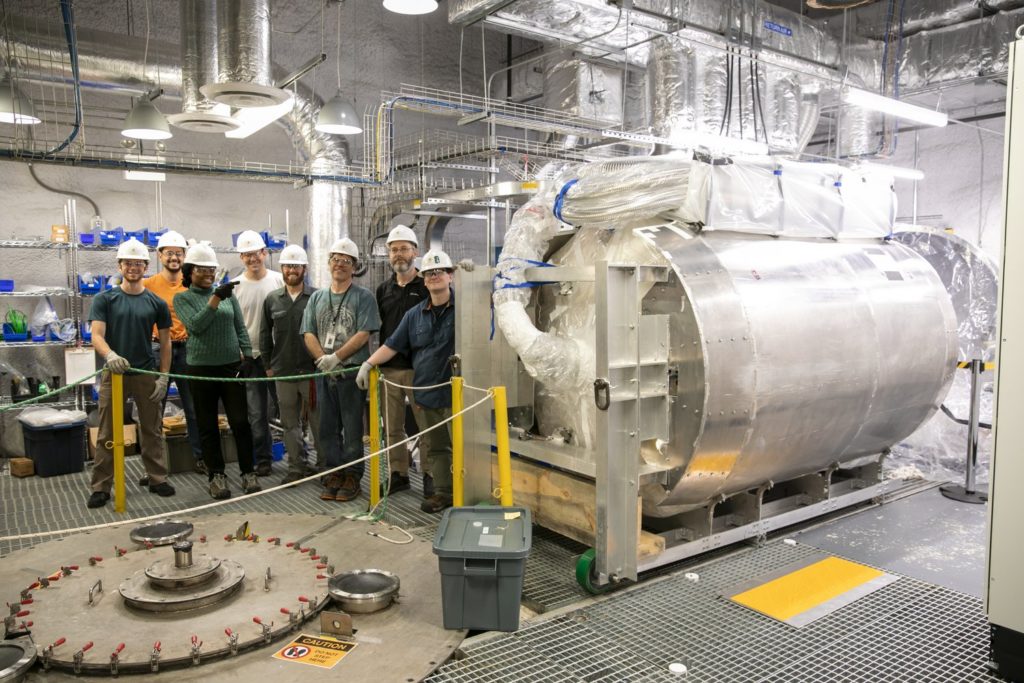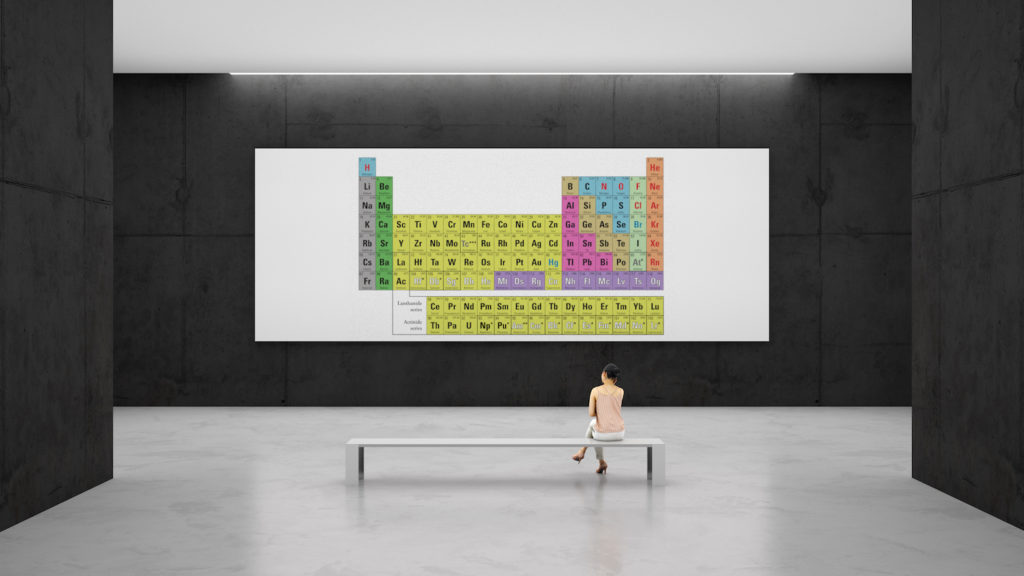Scientists at Berkeley Lab have revealed how atomic defects emerge in transition metal dichalcogenides, and how those defects shape the 2D material’s electronic properties. Their findings could provide a versatile yet targeted platform for designing 2D materials for quantum information science.



